“History is a race between education and catastrophe“ H.G. Wells
A wild start
After crossing what seemed to be one endless forest, I finally arrived in the west part of Berlin. The bus station was a bit on the outside, so I had to take the metro to get to the Hostel. What’s best than an aerial metro to get an owerview of the city ? I crossed Berlin for thirty minutes, and could enjoy the last ray of sun setting on the buildings and the parks. It’s crazy how the first sights of a city are always so vivid to me. I can still clearly picture the people I walk by, the path I took, the buildings I saw, as if they were all part of one big still picture.

If you wake up a Sunday morning at 10h30am and your roommate is snorting a line, right before going back into a club, then yes, there’s a high chance you are in Berlin. The most unusual things happened to me there but also the best encounters, I met great people from all over the world and had such a fun time. Berlin is kind of a small island inside Germany. Towards which people from across the world are constantly sailing to, to find new adventures of freedom and creativity.
Berlin is really hard to describe. Ninety percent of the build environment is from the 50s. The urban structure is drastically shifting from one neighborhood to the other. For instance, if you go south-east along Annenstraße, 10 minutes from Unter den linden, which would be like the Champs Elysées in Paris, you will find a vast number of social housing build in the 60s. It’s quite unusual to see them cohabitating with public institutions and high standard housing. Especially when those institutions are Neo-classical buildings from the 18th century. But hey, they’re now a part of Berlin’s history. So I secretly hope that those buildings will never be replaced by skyscrapers.








ALTERNATIVE CULTURE
In Berlin the alternative emerging culture that took its root in the 90s is still very visible. The squats, the street arts, the random happenings are what made Berlin what it is, although nowadays, a lot of alternatives neighborhoods have been gentrified and what used to be punk districts are now new bourgeoisie venues. But hey, this is a well known social phenomenon, that happened in Montmartre as well after the Belle Époque. Young and poor artists came in, lived out of their passion, attracted multiple broke artists, succeeded, earn money and thus transformed their whole neighborhood into highly attractive place for the upper class. Gentrification at its finest.
But gentrification is a slow process, and embourgeoisement doesn’t imply that art is dead. Artists are just moving to new districts and keep creating just as much. Berlin clearly has the necessary momentum to keep elevating its artistic scenery.

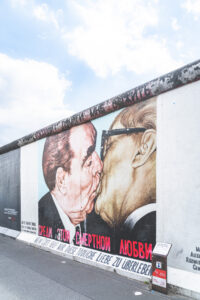


Most of the museums in Berlin have been renovated or extended. Such as the Neue Nationalgalerie or the Altes Nationalgalerie (both by David Chipperfield). But there are some hidden gems as well, like the König gallery, an old church turned into an art facility. Or the Bunker de Berlin, a private collection of contemporary art, displayed in a rehabilitated Nazi Bunker. Degenerated art in a place build by people who strongly denigrated it, a simple but meaningful idea. Although, be sure to book a visit months before, because slots are limited, and you cannot stroll inside like in a regular museum.

WAYS OF REMEMBERING
If you want to know Berlin History and its role in emerging fascism in the thirties, there are plenty of open museums and self explanatory memorials explaining recent history. In reality you don’t even have to enter a museum to comprehend Berlin history. A lot of exhibitions are held outside or in free spaces. The Berlin Wall memorial has a kilometer long exhibition, in the Tempelhof there is a room dedicated to the history of the site, and many monuments like the Jewish memorial are self explanatory experiences.
I like to think of history as a newbie surfer who is trying to surf onto two successive waves. The surfer usually got surprised by the first wave, and is bounced off his board. It was so disastrous that in the instant, his only wish is to forget what just happened. The second wave is supposed to be spaced out from the first. So the surfer can take a step back, think and learn from the first one. Instead of forgetting, he wants to remember exactly how he was struck by the first wave, to ensure not being drawn again.
It is the same with history. Right after a conflict or a painful event, we want to erase as many recent memories as possible. It’s just a natural defense mechanism that exists to keep us going forward. And it is justified to feel the need to forget after experiencing war related atrocities. But it is a civic duty for us to keep as many war material as possible, so that the posterity will always remember.



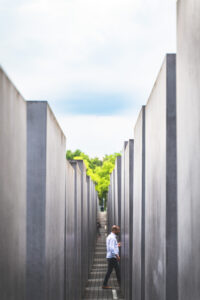












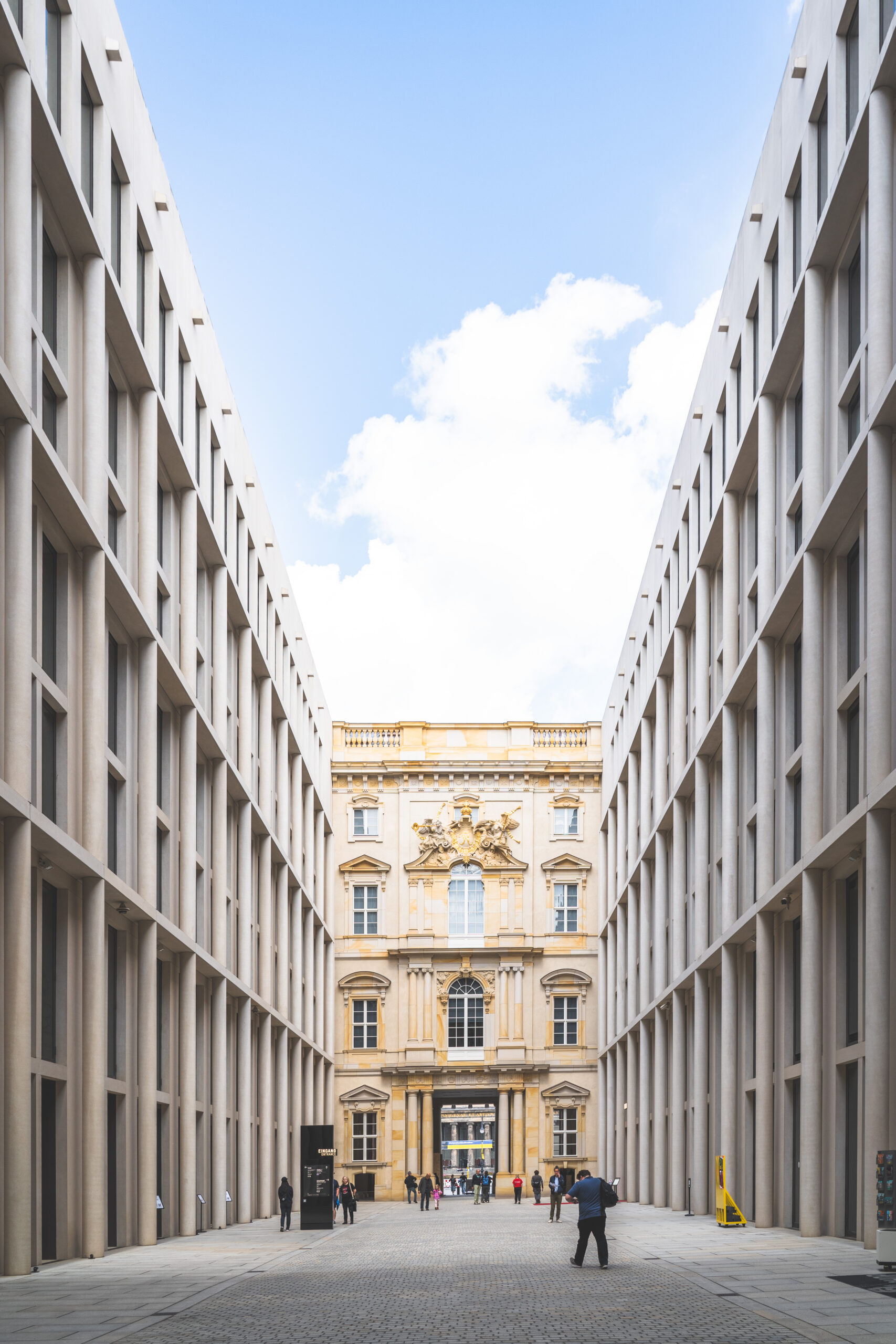
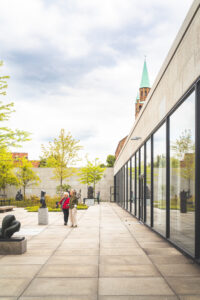


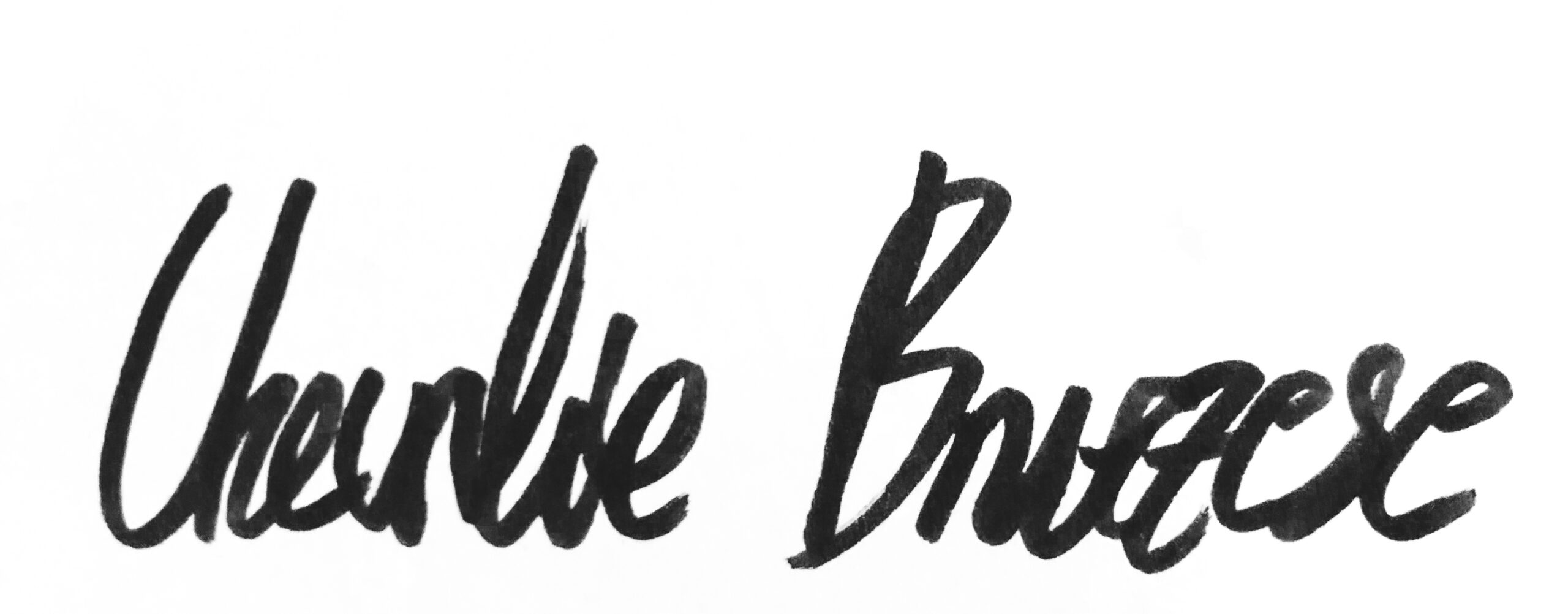
Leave a reply